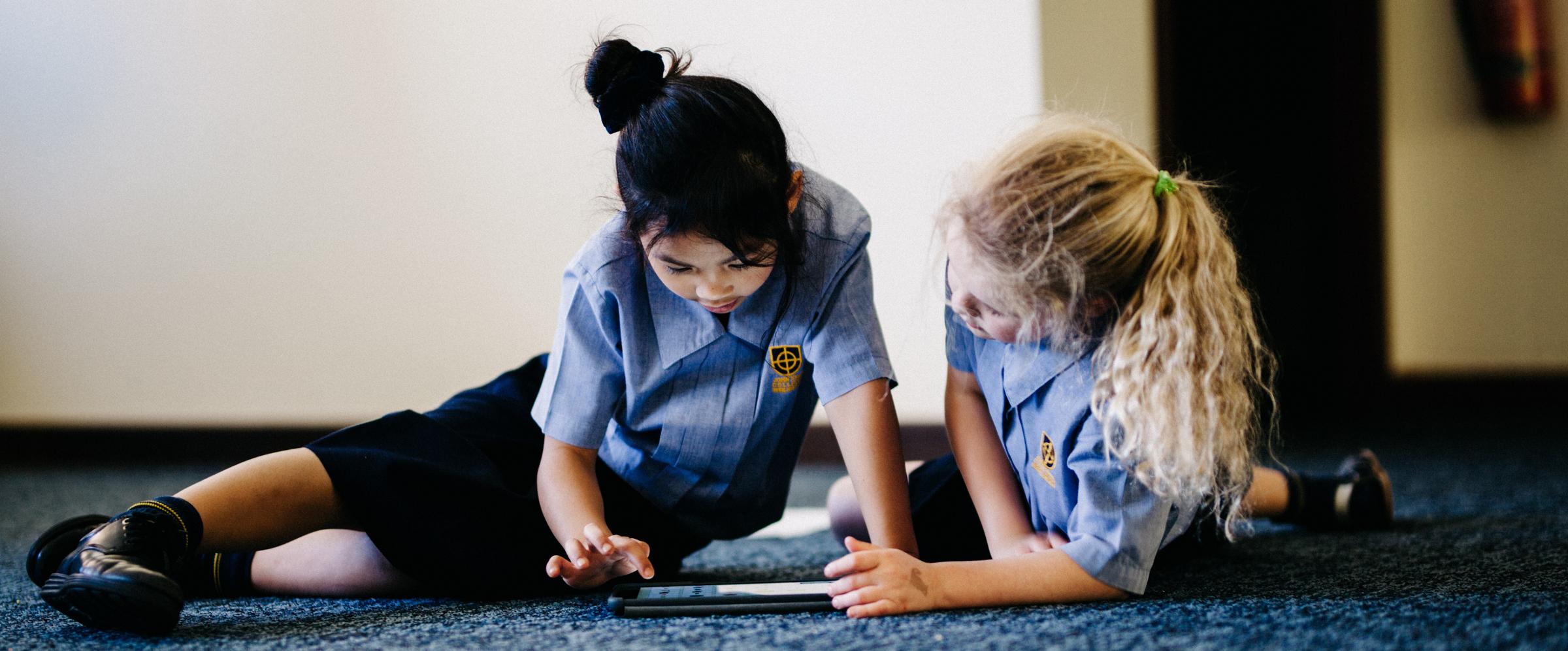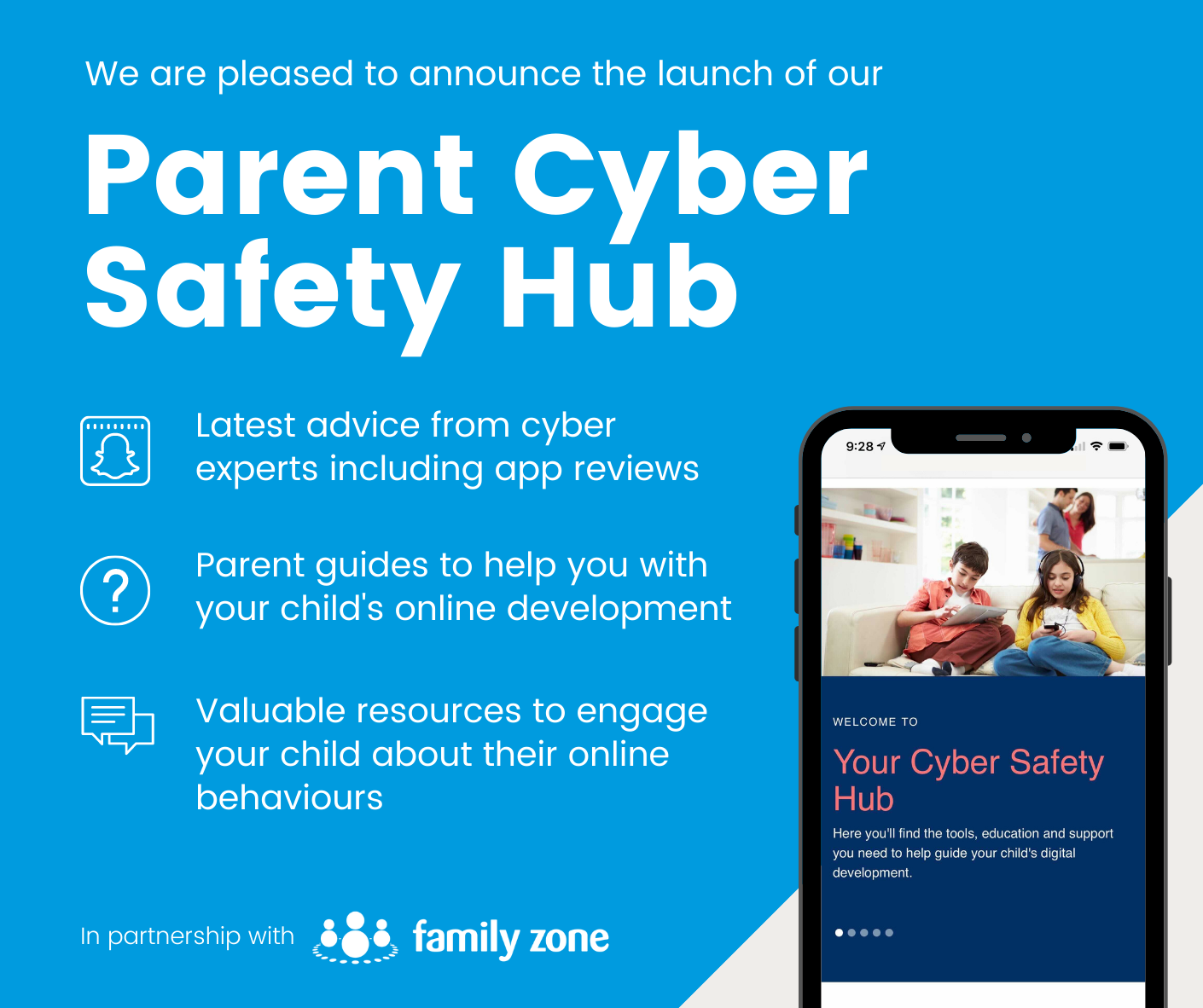Cyber Safety

Kids who stand up to cyberbullying can save lives
Student peers are generally the perpetrators of cyberbullying, but they are also “often the first line of defense to bullying,” a new report finds.
McKenzie Adams was in Year Four and aspired to be a scientist. What on earth could have driven the nine-year-old girl to take her own life?
The answer, her family believes, was repeated racially motivated cyberbullying by schoolmates.
Could that heartbreaking tragedy have been avoided if even a few of McKenzie’s peers had called out the abuse? It’s just possible, according to a new report by the prestigious Brookings Institution, a US-based think tank.
The report, “Bystander intervention on social media,” which examined both the skyrocketing prevalence of online aggression and strategies for combatting it, analysed over two million social media posts, with an emphasis on racial hate speech.
Defining cyberbullying as “any harassing behavior that occurs online by peers that is repeated multiple times,” the researchers found:
- 70% of social media users report abusing someone else online.
- 60% report being cyberbullied themselves.
- 90% of teens have witnessed online bullying.
On a brighter note, eight out of 10 users said they’d seen others stand up during incidents, while a majority of young people were keen to learn strategies to become ‘upstanders’ themselves.
Bystander interventions, the researchers found, had a definite “buffering effect” on the damage to targets.
“Silence and inaction do nothing but cause biased perpetrator behaviors to proliferate as they feel unquestioned,” they noted.
Eight out of 10 said they’d seen others stand up during incidents, while a majority of young people were keen to learn strategies to become ‘upstanders’ themselves.
“We know that bystander intervention can help prevent some of the most detrimental effects of targeted aggressions on the victim’s mental and physical health by intervening to make the aggressions visible, disarming the situation, educating the perpetrator, and seeking external reinforcement or support.”
So how can your child become an upstander?
Student peers are generally the perpetrators of cyberbullying, but they are also “often the first line of defense to bullying,” the report found.
Four types of bystander strategies were identified as effective - meaning they were successful at re-directing comments in a more positive or objective way, and ultimately at changing the behaviour of the bully.
- Call-outs. Calling out bullying involves the simple but courageous step of naming the abuse for what it is - “That’s racist,” “You’re body-shaming,” “That’s mean.
- Insults or mocking. While the researchers conceded this form of upstanding was “anti-social,” it also found humour and sarcasm could be effective in shutting down abuse.
- Education and evidence. When it comes to racially-motivated abuse, factual responses can be powerful (think supporting statistics, links to news stories or reports, etc.). So too can responses that point out the flaws or logical inconsistencies in another user’s comment.
- Moderation. Any user can report posts that violate stated guidelines and policies to in-platform content moderators, although there is no guarantee that intervention will occur swiftly or at all. (Learn more about social media moderation here.)
Finally, and most crucially, students can become upstanders by reporting online abuse to adults, whether parents, teachers or school authorities. Peer reports are particularly important, researchers found, “since targets of cyberbullying are often hesitant to share their victimization with others.”
Reference: https://www.familyzone.com/anz/families/blog/kids-who-stand-up-to-cyberbullying-save-lives
Cyber Safety Hub
We are delighted to introduce you to a new resource made available to you through our partnership with Family Zone - our new school Cyber Safety Hub.
As you may already be aware, our partnership provides your family with access to the Family Zone tools to use at home with your children if you wish. The purpose of the Cyber Safety Hub is to complement those tools with practical guidance and information to further support you in engaging with your children in their digital development. These tools and resources also allow the school and parent body to work together on creating a holistic approach to guiding each student's online journey.
About the Parent Cyber Safety Hub
The Cyber Safety Hub includes resources to help your family better understand the different Family Zone tools available to you and how to use them, plus access to regular cyber safety events to help you stay informed about the latest digital trends.
Also, the Cyber Safety Hub provides expert advice from leading cyber experts, ySafe, on the most pertinent issues and frequently asked questions around platforms like TikTok, Fortnite, Instagram, and more. There are app reviews with age and safety recommendations, along with a range of guides to help ensure healthy boundaries around screen-time & gaming, plus step-by-step instructions for using parental controls and filtering out inappropriate content.
We are very excited to be able to offer you this level of expertise and support. We look forward to working closely with you as we develop the cyber safety conversation within our school community.



